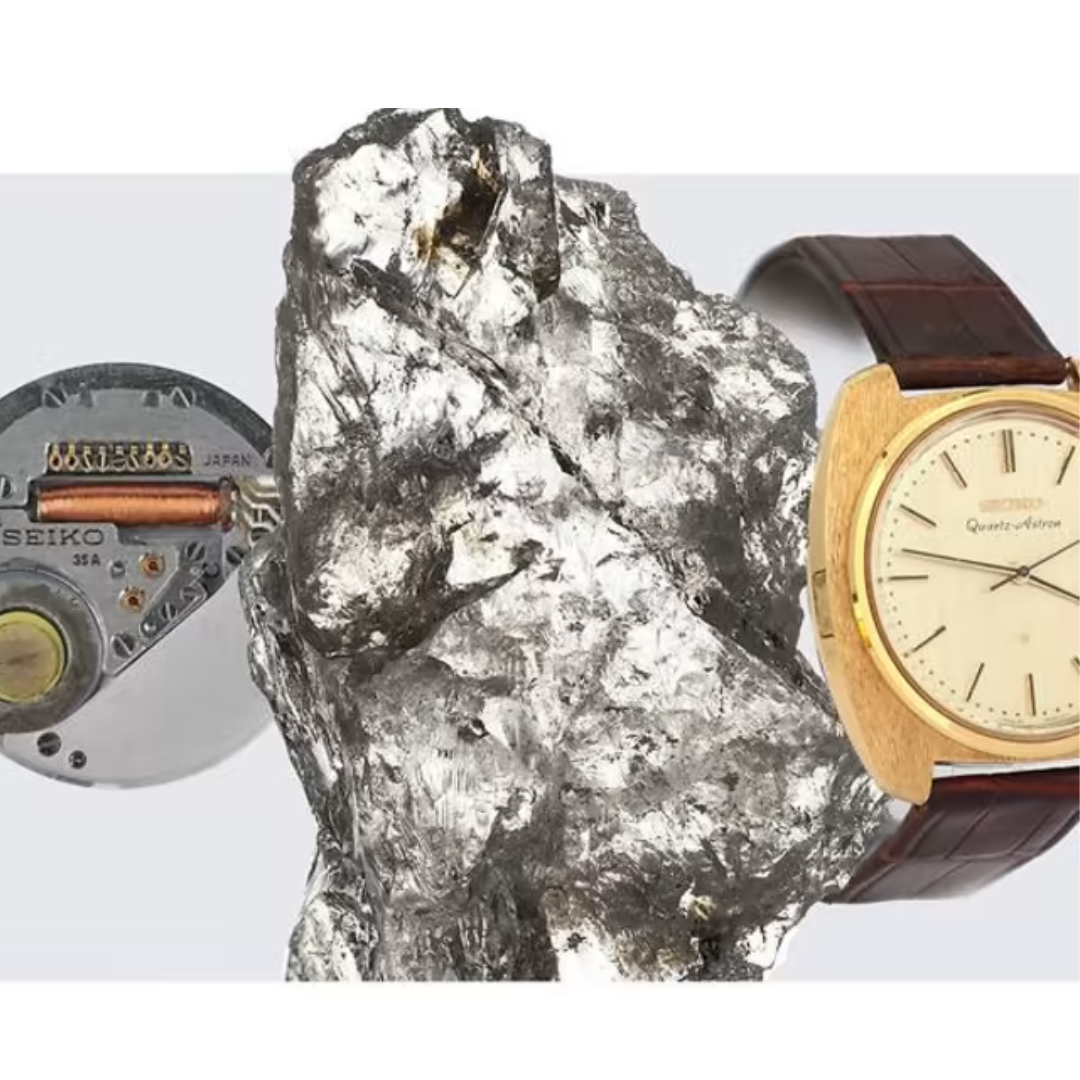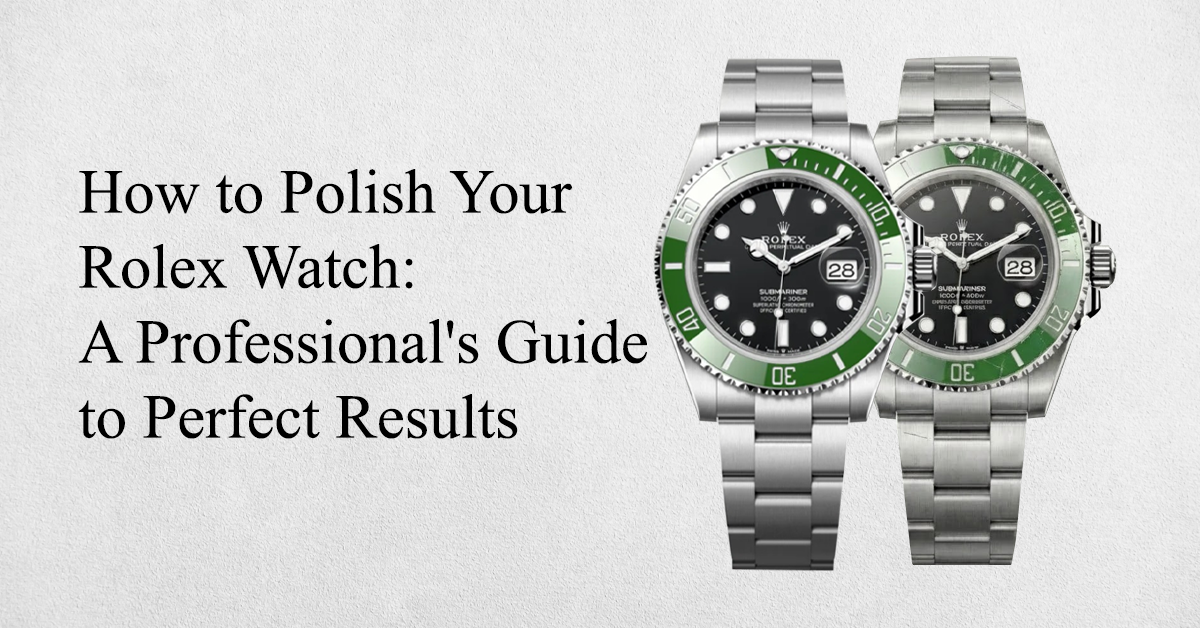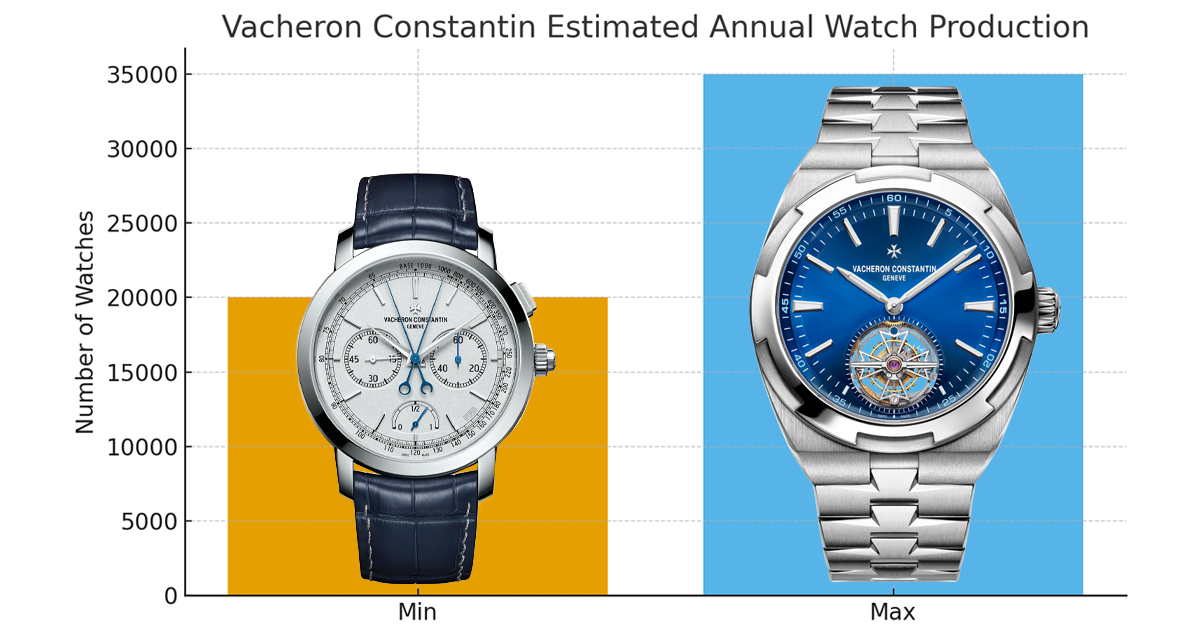
Kristi Noem’s $50K Rolex Sparks Backlash During Prison Visit
You won’t believe what Kristi Noem wore to a Salvadoran prison. During her controversial visit to see deported Venezuelans, she sported an 18-karat gold
Today we are not going to talk about watch brands and the luxury market, our topic will be a little more nostalgic. We will be discussing the innovative journey of technological advancements in horology. All watch-lovers know that watches have always been more than just a way to tell time. For centuries, they’ve been symbols of status, craftsmanship, and forward-thinking. Today, that’s truer than ever. From luxury mechanical pieces to high-tech smartwatches, the world of horology has continuously pushed the boundaries of what’s possible. But how exactly did we get here? How did timekeeping evolve into the sophisticated blend of art and science it is today? Let’s take a look at the key technological advances that have shaped the modern watches as we know it.


Let’s do some time-traveling and start way back—before the days of wristwatches and even fancy pocket watches. Timekeeping began with massive clocks, but it wasn’t until the 16th century that the first portable watches started showing up on the wrists of elites. These early watches were totally mechanical, powered by wound springs. While they were revolutionary for the time, they were far from accurate. You could easily lose or gain several minutes in a day. Not exactly ideal for today’s standards, but still, they were the start of something grandiose.
At this point, watches were all about craftsmanship. They were handmade, intricate, and often decorated with ornate designs. If you were wearing one, you were basically walking around with a tiny piece of art. And even though they weren’t perfect at keeping time, owning a watch in those days was a big deal.








By the 18th century, watchmakers were starting to figure out how to improve on the basic mechanical design. Enter the automatic movement. Before this, watches needed to be wound by hand every day. Forget to wind it, and boom—your watch stops working. Annoying, right?
The automatic movement changed all that. By adding a small rotor inside the watch that moved with the wearer’s wrist, these watches could wind themselves as long as you were wearing them. No more daily winding! It sounds simple, but this was a huge leap forward and made watches way more convenient to wear.
Rolex was one of the brands that really took this technology and ran with it, refining the automatic movement into what we know today. If you’ve ever worn a modern luxury watch, you’ve probably experienced that smooth, sweeping second hand that’s a hallmark of automatic movements.
The next big leap forward came in 1969 when Seiko introduced the world’s first quartz wristwatch. This was a game-changer for one simple reason: accuracy. Unlike mechanical watches, which rely on gears and springs, quartz watches use a tiny crystal that vibrates when powered by a battery. This crystal vibrates at a super steady frequency, which makes quartz watches far more accurate than anything that had come before.
Not only that, but quartz watches were also much cheaper to produce. Suddenly, you didn’t need a watchmaker spending hours handcrafting each piece—quartz watches could be mass-produced. Brands like Seiko, Casio, and Timex started flooding the market with affordable, reliable watches, making it possible for just about anyone to own one.
For a while, it looked like quartz technology might kill off mechanical watches altogether. Why spend thousands on a mechanical watch when you could get a quartz one that kept better time for a fraction of the price? But as we now know, that didn’t happen. Instead, mechanical watches found their place in the luxury market, where craftsmanship and tradition still mattered.
Now, if we’re talking about innovation in watchmaking, we can’t skip the tourbillon. If you’re not familiar with it, a tourbillon is a feature that counters the effects of gravity on a watch’s accuracy. Back in the day, when pocket watches were carried upright, gravity could mess with the movement, causing inaccuracies in timekeeping. The tourbillon fixes that by constantly rotating the watch’s escapement (the part that regulates time), evening out the effects of gravity.
Invented by Abraham-Louis Breguet in 1795, the tourbillon is still considered one of the greatest feats of watchmaking. Today, it’s more of a showpiece than a necessity—modern watches don’t really need it to stay accurate—but making a tourbillon is insanely difficult, and only the top watchmakers can pull it off. It’s a bit like a flex for luxury brands like Patek Philippe and Audemars Piguet, who love to show off their technical prowess by including tourbillons in their high-end watches.


And then, of course, we hit the 21st century, where technology took over our lives—and our wrists.
The Apple Watch was introduced in 2015, and smartwatches have quickly become one of the most popular types of wristwear. They do so much more than just tell the time. You can track your fitness, get notifications, monitor your heart rate, and even make phone calls, all from a device that sits on your wrist.
The rise of smartwatches represents a whole new kind of innovation in the watch industry:
The best part? Even with all this tech, traditional watches haven’t gone anywhere. Many people wear a smartwatch for day-to-day activities and then swap it out for a mechanical or quartz watch when they want to dress up or make a statement. In a way, the rise of smartwatches has actually helped traditional watches, giving people more options depending on their mood or needs.


The inside of watches isn’t the only thing that’s changed over the years. Watchmakers have also gotten creative with the materials they use. While classic stainless steel is still popular, brands have started experimenting with things like ceramic, titanium, and carbon fiber.
1. Ceramic watches are becoming more common because they’re lightweight, super strong, and practically scratch-proof. Omega and IWC are two brands that have really embraced ceramics, and they’ve created some amazing pieces that are as durable as they are stylish.
2. Titanium, on the other hand, is lighter than steel but just as tough. It’s perfect for dive watches or sports watches that need to be rugged but not feel like bricks on your wrist. Plus, it’s hypoallergenic, which is great for people with sensitive skin.
3. And then there’s carbon fiber. You’ve probably heard about it in the context of race cars or airplanes, but now it’s finding its way into watches too. Brands like Hublot have started using carbon fiber to create watches that are both incredibly strong and lightweight. It’s just another example of how watchmakers are always looking for ways to push the envelope.
So, there you have it. From the early days of mechanical movements to the rise of smartwatches, the watch industry has never stopped innovating. It’s one of the few industries where old-world craftsmanship and cutting-edge technology can coexist side by side. Whether you’re into the latest Apple Watch or a vintage Rolex, there’s something undeniably special about wearing a piece of history—or maybe even the future—on your wrist.
Watches are more than just tools to tell time. They’re reflections of human ingenuity, symbols of personal style, and, most importantly, they’re a testament to how far we’ve come—and how far we can still go.

You won’t believe what Kristi Noem wore to a Salvadoran prison. During her controversial visit to see deported Venezuelans, she sported an 18-karat gold

A pristine vintage Rolex with unpolished lugs can fetch thousands more dollars than its over-polished counterpart. Rolex watch polishing sparks heated debates among watch enthusiasts

The mystery of Vacheron Constantin’s annual watch production has captivated luxury timepiece enthusiasts for decades. This prestigious Swiss manufacturer thinks over every detail and keeps